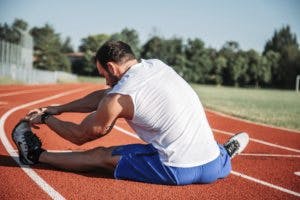By, Julianne Bomia, SLP
Advances in neuroscience have provided neurobiological and behavioral evidence supporting the positive impact of exercise-based protocols in people with Parkinson’s Disease. LSVT LOUD is an evidence-based Speech Therapy program that has strong potential to improve quality of voice and overall intelligibility for people living with Parkinson’s Disease. It has been scientifically researched for the past 25+ years and has documented improved impact on multiple levels of functioning in people with Parkinson’s following treatment.
Benefits experienced after treatment include:
- Increased vocal loudness
- Improved articulation and speech intelligibility
- Improved intonation (the rise and fall of the voice in speaking)
- Improvements in facial expression
- Changes in neural functioning related to voice and speech
The LSVT program consists of 60 minute sessions, four times per week for four weeks. This combined with a home exercise program one to two times a day, helps clients with Parkinson’s to better improve their skills. The goal is for clients to use their “LOUD” voice automatically in everyday living and for long term carryover of increased intelligibility. As with all of our therapies, sessions and schedules can be tailored to best accommodate the needs of the patient.
LSVT BIG is a Physical Therapy or Occupational Therapy program for Parkinson’s Disease and is used to improve major motor skills for activities like walking, limb movement and balance or fine motor skills such as writing and other ADLs (activities of daily living).
Rehab Specialists has Speech Therapists, Occupational Therapists, and Physical Therapists certified in both LSVT LOUD and LSVT BIG for maximal results in treating many Parkinson’s Disease symptoms.
If you’re interested in learning more about LSVT for Parkinson’s Disease, call our office at 269-459-6212 to learn more or to set up a free consultation with one of our certified therapists.


